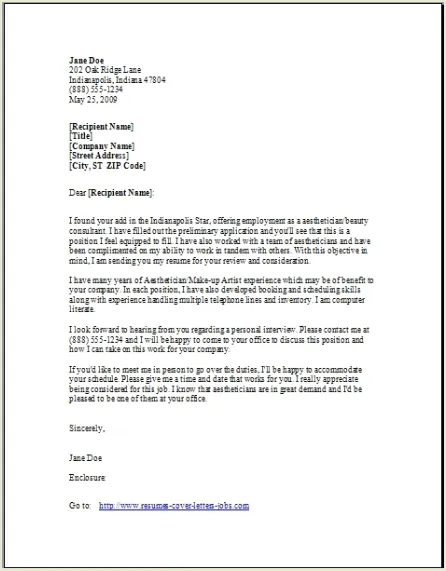What is a Cover Letter?
A cover letter is a crucial document that accompanies your resume when applying for a job. It serves as your first introduction to a potential employer, providing an opportunity to showcase your personality, skills, and enthusiasm for the position. Think of it as a personalized sales pitch, highlighting why you are the perfect fit for the role and the company. A well-crafted cover letter goes beyond simply restating information found in your resume; it tells a story, demonstrating your understanding of the job requirements and your genuine interest in the opportunity. It’s your chance to make a strong first impression and set yourself apart from other applicants.
Why is a Cover Letter Important?
In today’s competitive job market, a cover letter is often the deciding factor between landing an interview and getting overlooked. It provides context to your resume, allowing you to elaborate on your qualifications and explain how your skills align with the specific job requirements. Many hiring managers consider a cover letter essential for gauging a candidate’s communication skills, attention to detail, and genuine interest in the position. It shows that you’ve taken the time to research the company and tailor your application, demonstrating initiative and a proactive approach. Moreover, a cover letter can address any potential gaps in your resume, providing explanations for career transitions or periods of unemployment, adding a layer of transparency that builds trust with the employer.
Cover Letter Sample Format 5 Key Essentials
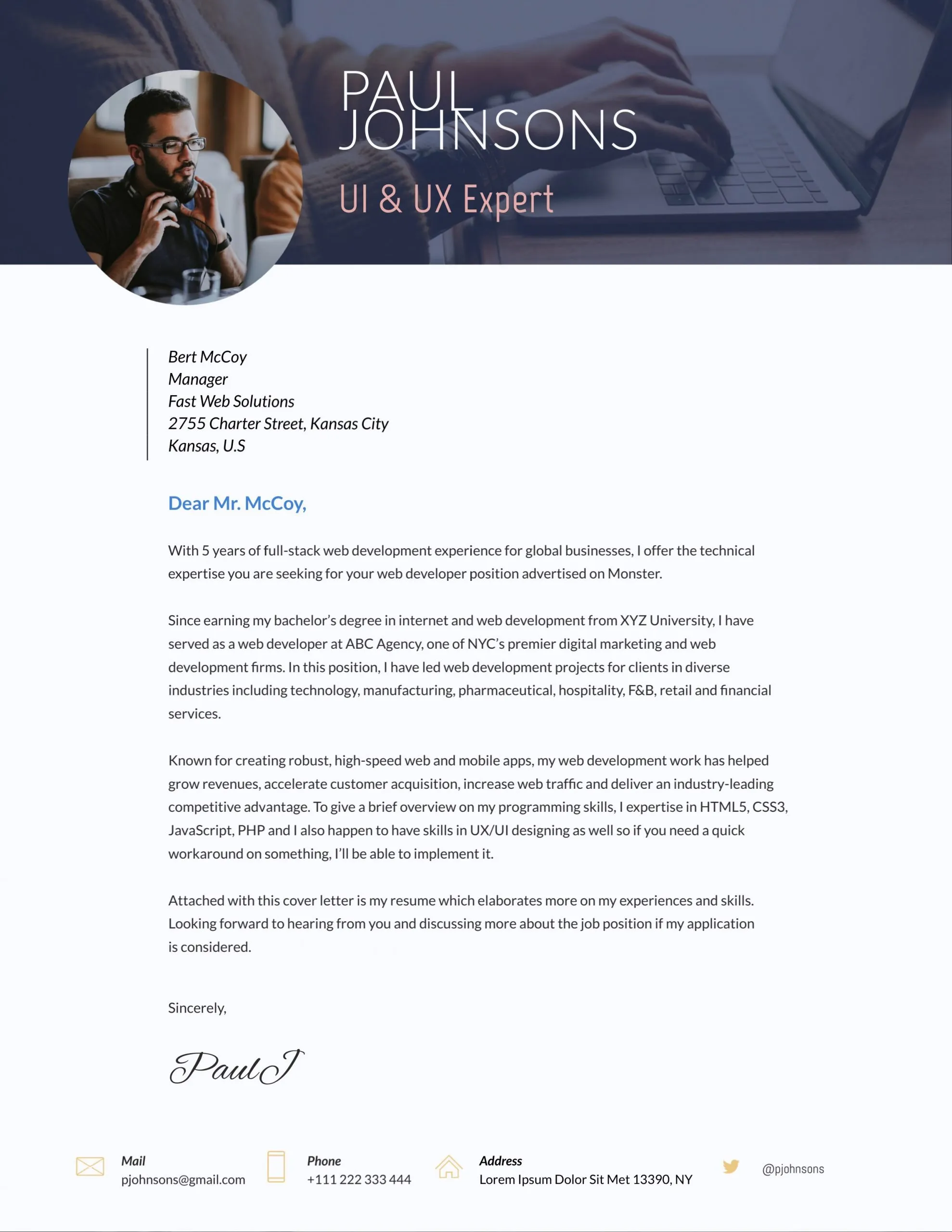
To create an effective cover letter, understanding the fundamental components is essential. These five key elements form the foundation of a successful cover letter, ensuring you present yourself professionally and persuasively. By adhering to this cover letter sample format, you can create a compelling document that captures the hiring manager’s attention and increases your chances of getting hired. Each section plays a vital role in conveying your qualifications, enthusiasm, and suitability for the role. Mastering these essentials will help you craft cover letters that stand out and leave a lasting impression.
Header and Contact Information
The header is the first thing a hiring manager sees, making a strong, professional impression crucial. It should include your contact information (name, phone number, email, and optionally, your LinkedIn profile URL) at the top left or right of the page. Ensure the information is current and easy to read. Below your details, include the date and the recipient’s information, including the hiring manager’s name (if known), their title, the company name, and address. This section is your chance to show attention to detail and respect for professional etiquette. A well-formatted header sets the tone for the entire letter, demonstrating your professionalism and preparedness.
Opening Paragraph (Grab Attention)
The opening paragraph is your opportunity to grab the reader’s attention and immediately establish your interest in the position. Start with a clear and concise statement of the role you’re applying for and where you found the job posting. Briefly mention something that sparked your interest in the company or the specific role. This demonstrates your enthusiasm and shows that you’ve done your homework. Avoid generic greetings or clichés; instead, aim to be engaging and personalized. Consider referencing a specific skill or experience that aligns with the job description to make a strong first impression. Your goal is to pique the reader’s curiosity and compel them to continue reading.
Body Paragraphs (Showcase Skills and Experience)
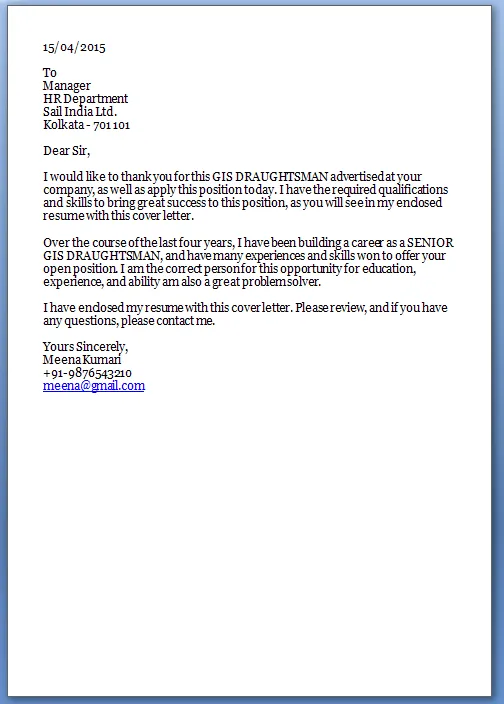
The body paragraphs are where you provide the substance of your cover letter, elaborating on your skills, experiences, and how they align with the job requirements. Use specific examples to illustrate your accomplishments and quantify your achievements whenever possible. Instead of just listing your responsibilities, focus on what you accomplished in those roles and the impact you made. Tailor each paragraph to match the specific requirements outlined in the job description. This shows that you have carefully considered the role and are capable of meeting its challenges. Structure your body paragraphs logically, using clear and concise language to make your points easily understandable.
Highlighting Relevant Skills
Identify the key skills and qualifications the employer is seeking. Then, provide examples from your work or educational experience to demonstrate how you’ve utilized those skills. Focus on the skills that are most relevant to the job. This might include technical skills, soft skills like communication and teamwork, or specific industry knowledge. The key is to show, not just tell, the hiring manager what you are capable of. By providing concrete examples, you provide evidence of your abilities and make it easier for the reader to envision you succeeding in the role. Quantify your achievements whenever possible. This will further help the employer understand your skills and abilities.
Quantifying Achievements
Whenever possible, use numbers and data to quantify your achievements. This adds credibility and demonstrates the impact you’ve made in previous roles. Instead of saying you ‘improved customer service’, specify by how much, such as ‘increased customer satisfaction scores by 15%’. Instead of stating that you ‘managed projects’, explain how many projects you managed, the budget involved, and the results achieved. Quantifiable achievements provide concrete evidence of your abilities and make it easier for the hiring manager to assess your value. Use metrics like percentages, dollar amounts, or specific timeframes to support your claims. Numbers speak louder than words, and quantifying your accomplishments will make your cover letter more compelling.
Tailoring to the Job Description
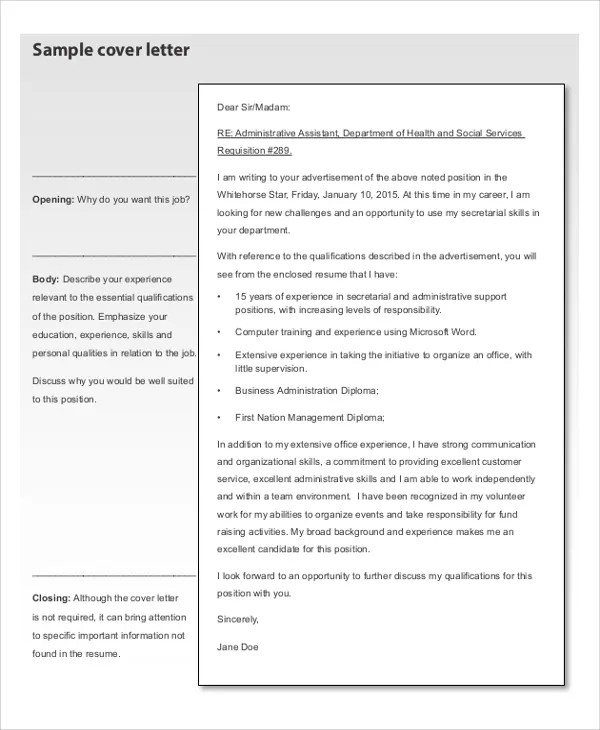
Customize your cover letter to match the specific requirements and keywords mentioned in the job description. Review the job posting carefully and identify the skills, experiences, and qualifications the employer is seeking. Then, tailor your cover letter to address those requirements directly. Use the same language and keywords used in the job description to show that you understand the role and are a good fit. Avoid using a generic cover letter and instead demonstrate your understanding of the company’s needs and how you can contribute to their success. By tailoring your letter, you increase your chances of getting noticed and making a positive impression.
Closing Paragraph (Call to Action)
The closing paragraph should reiterate your interest in the position and include a call to action. Express your enthusiasm for the opportunity and briefly summarize why you’re a strong candidate. State your availability for an interview and how you can be reached. Thank the reader for their time and consideration. Maintain a professional and confident tone throughout the closing paragraph. A well-crafted closing paragraph leaves a lasting positive impression and encourages the hiring manager to take the next step.
Expressing Enthusiasm
End your cover letter with genuine enthusiasm for the position and the company. Reiterate your interest and why you’re excited about the opportunity. Mention something specific that appeals to you about the role or the organization’s mission. This demonstrates that you’ve researched the company and are genuinely interested in joining the team. Your enthusiasm can leave a lasting impression and set you apart from other candidates. Showing genuine excitement can be a powerful way to connect with the hiring manager.
Thanking the Reader
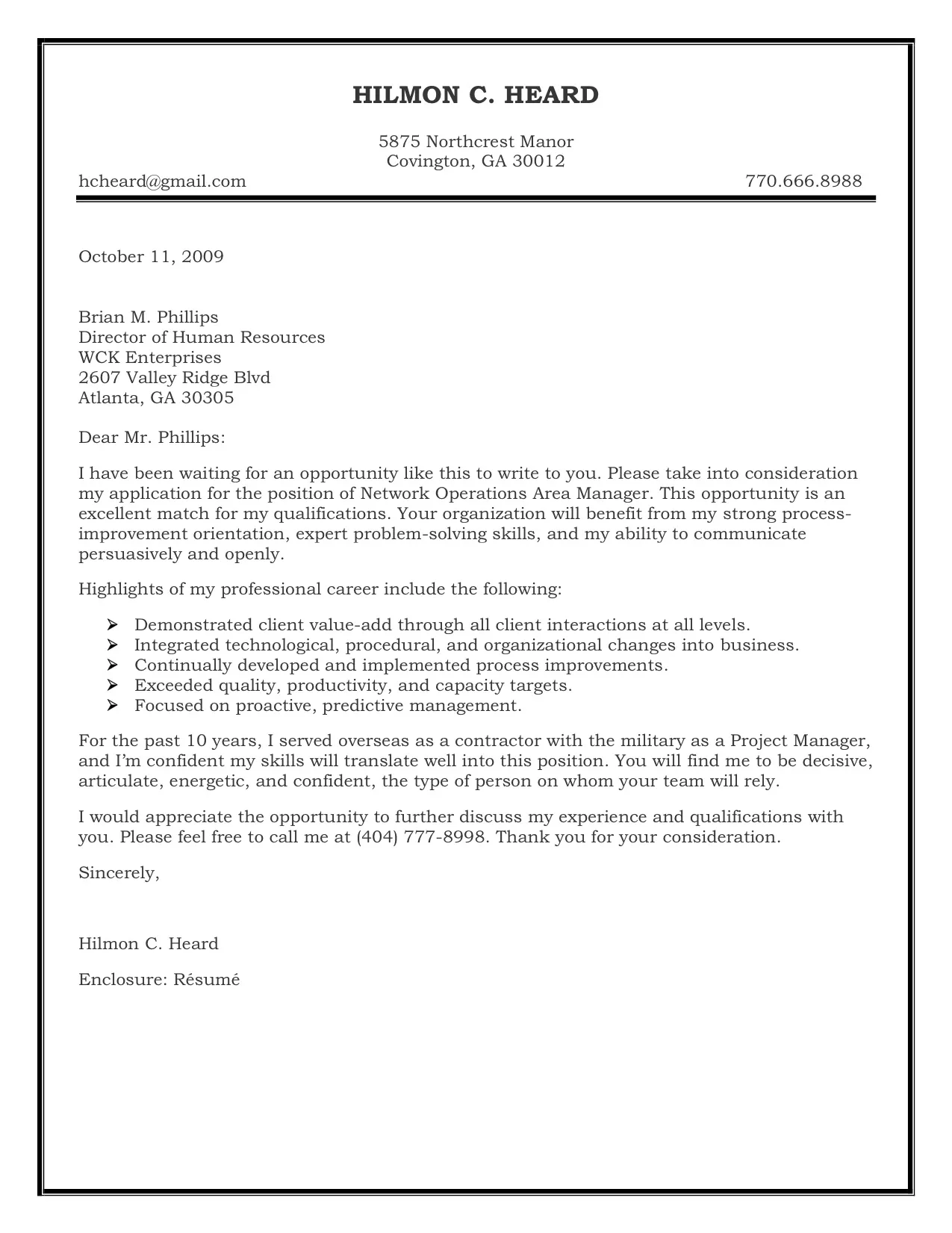
Always thank the hiring manager for their time and consideration. Express your appreciation for the opportunity to apply and acknowledge that they are busy. A simple thank you shows respect and professionalism. This is a polite way to end your cover letter and it will show you are appreciative. You can also show you’re willing to provide any additional information or answer any questions.
Formal Closing
Use a formal closing such as ‘Sincerely’, ‘Respectfully’, or ‘Best regards.’ Avoid informal closings like ‘Thanks’ or ‘Cheers.’ Following the closing, include your full name and signature (if submitting a hard copy). If submitting electronically, your typed name is sufficient. This final touch adds to the professional appearance of your cover letter and reinforces your attention to detail.
Proofreading and Editing
Thoroughly proofread and edit your cover letter before submitting it. Errors in grammar, spelling, or punctuation can reflect poorly on your professionalism. Have someone else review your cover letter as well, as a fresh pair of eyes can often catch mistakes that you might miss. A polished and error-free cover letter shows that you take pride in your work and pay attention to detail. Always proofread meticulously before sending it to avoid any typos or grammatical errors. Taking this step is essential to present your skills and experiences in the best possible way and to reflect your attention to detail.
Review for Grammar and Spelling
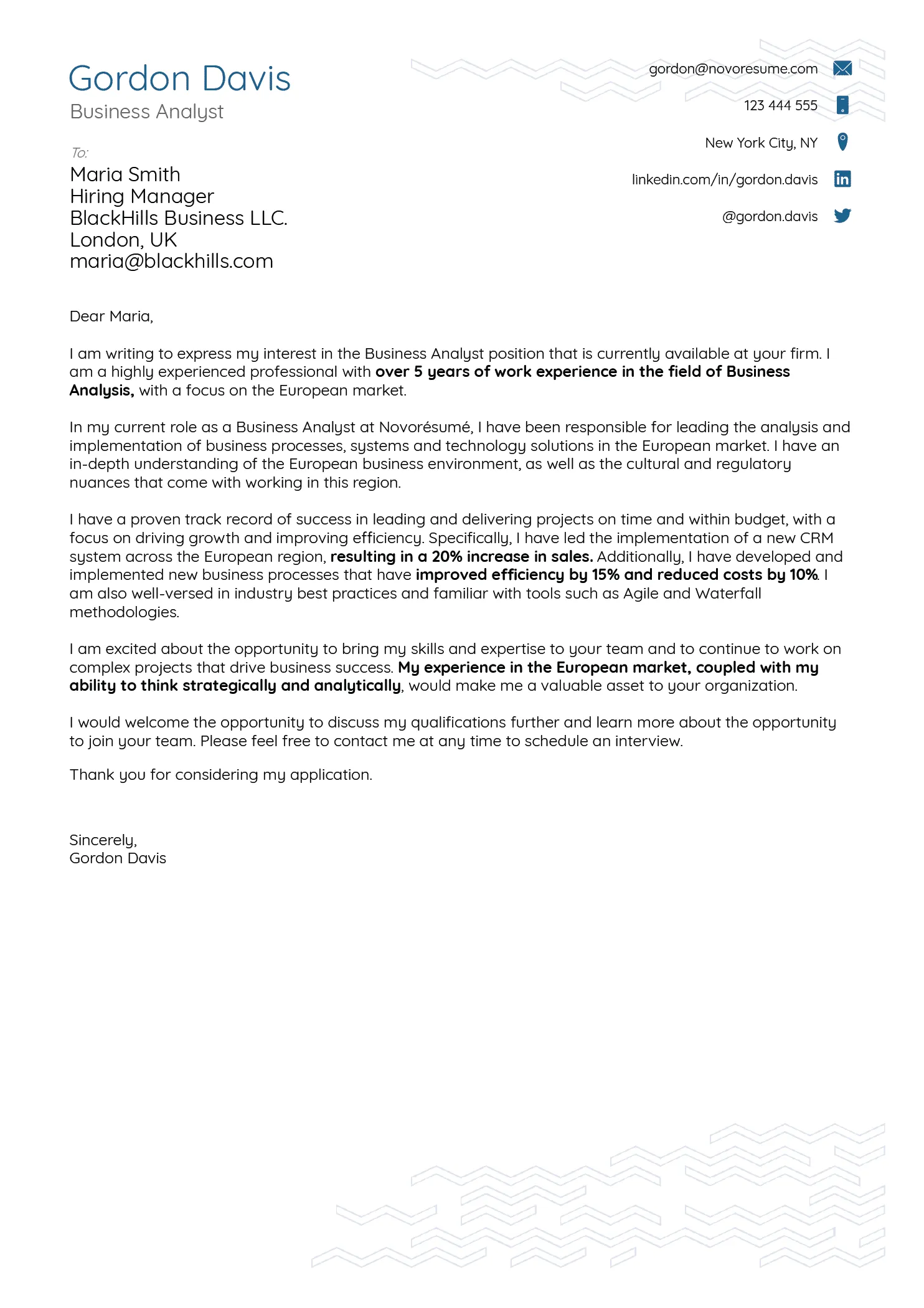
Carefully check your cover letter for grammatical errors and spelling mistakes. Use a spell checker and grammar checker, but don’t rely on them entirely. They may not catch all errors, such as incorrect word usage or punctuation mistakes. Read your cover letter aloud to catch awkward phrasing or sentences that don’t flow well. Pay close attention to the consistency of verb tenses, subject-verb agreement, and punctuation. Proofreading for grammar and spelling shows that you are professional and attentive to detail.
Formatting and Readability
Ensure your cover letter is easy to read and visually appealing. Use a clear and professional font, such as Times New Roman, Arial, or Calibri, and maintain a consistent font size (11 or 12 points). Use single spacing within paragraphs and double spacing between paragraphs to separate the sections. Use left alignment, and avoid justifying the text, as this can create uneven spacing. Keep the letter concise, ideally within one page. A well-formatted cover letter is a sign of professionalism and shows respect for the reader’s time. Make sure you leave enough white space for readability.
